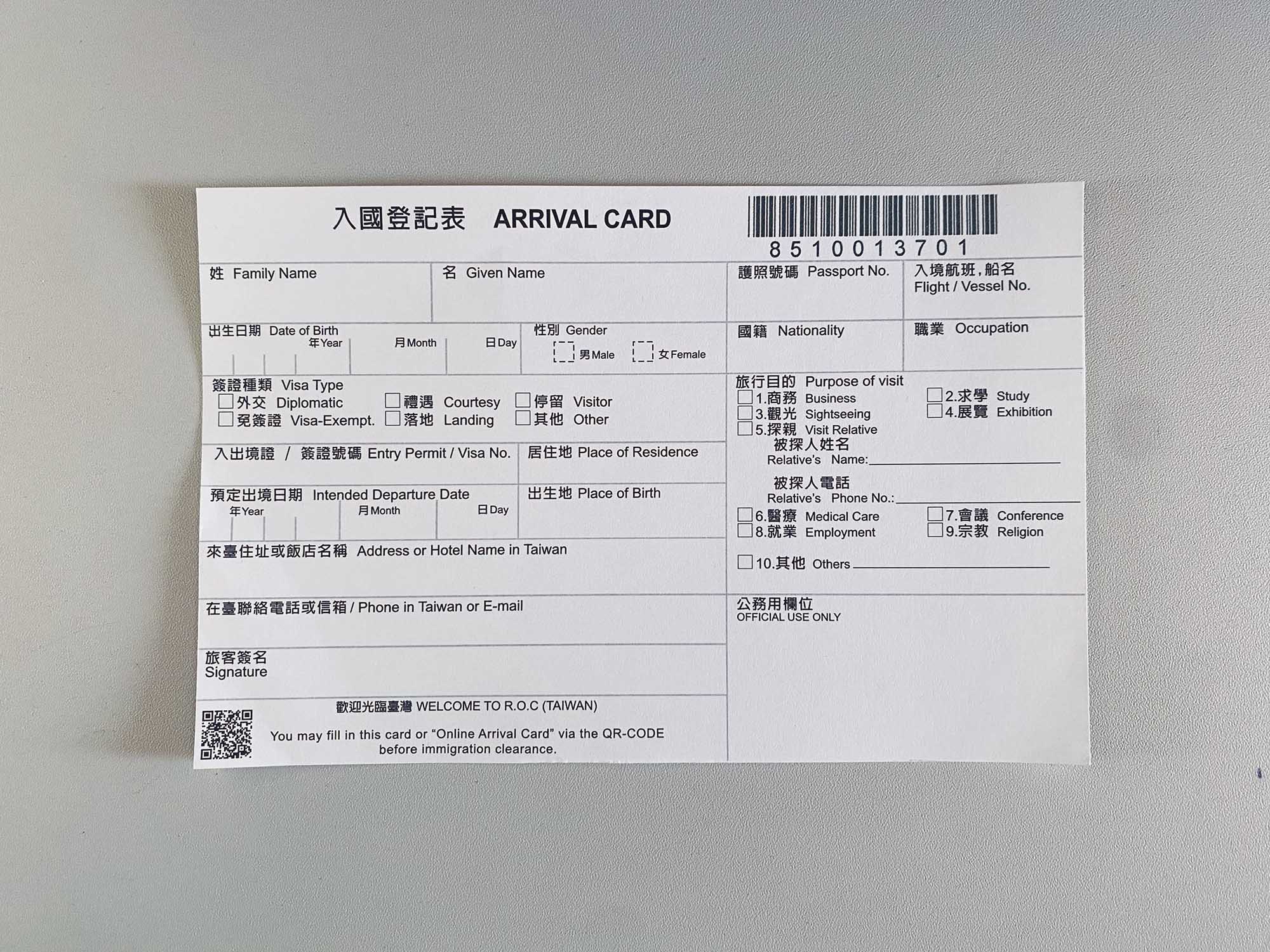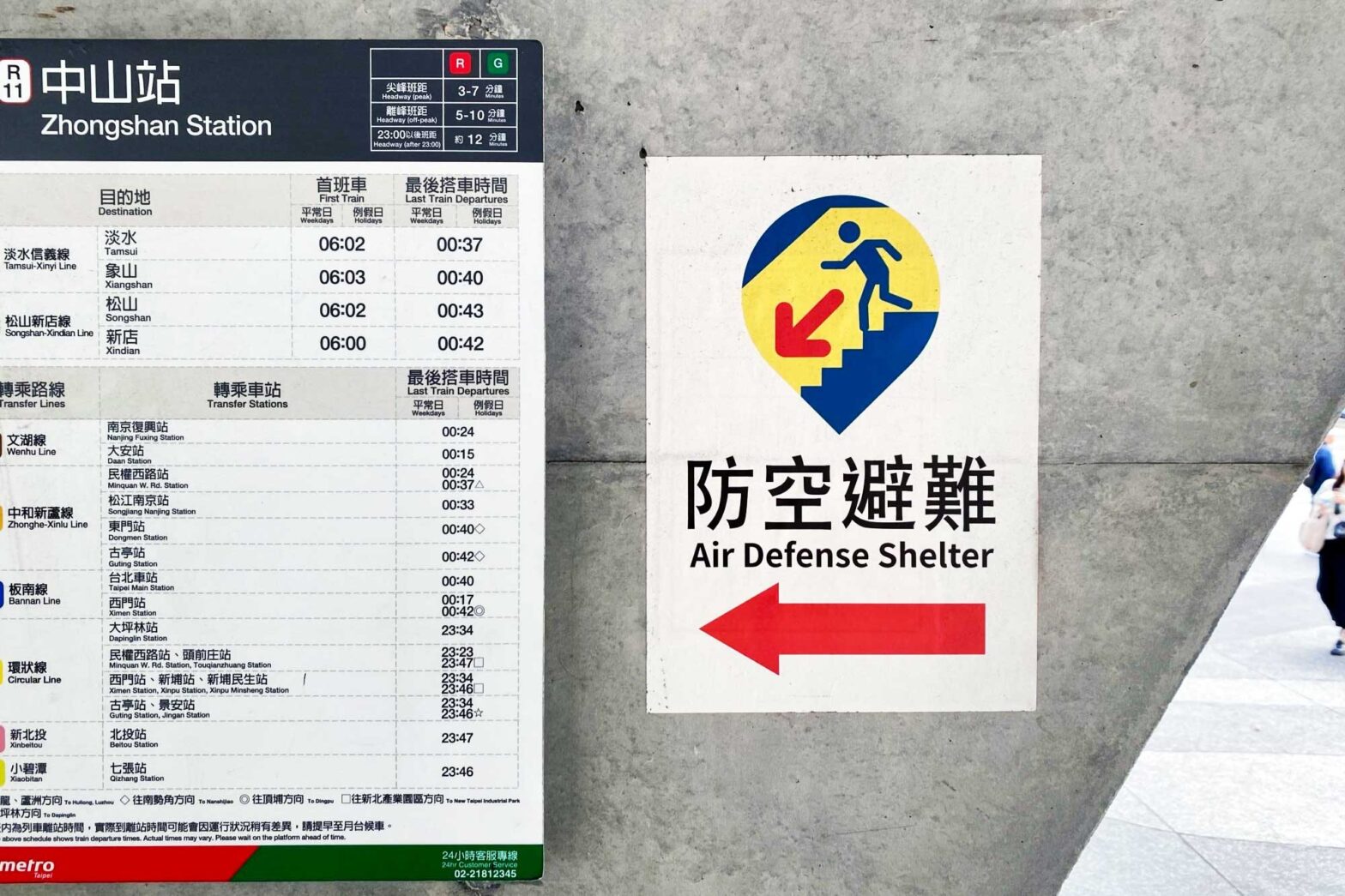This week, I vacationed and nothing else.
I spent time in northern Vietnam and northern Taiwan.
In Taipei, after walking the city for a few hours, I noticed the ‘Air Defence Shelter’ signs on side streets, corners, and at the entrance of underground stations. While life in Taiwan doesn’t feel different from that in other developed countries, the signs are reminding people of the invisible threat looming. It made the government’s preparedness for possible events to come tangible. The next crisis and emergency is considered and planned for.
Recalling the alertness of my Taiwanese colleagues in conversations, it’s something German government colleagues appear to be missing. Considering the poly-crisis and the many huge tasks for governments on the horizon for the 2030s and 2040s, I believe there is a limited time window to create robust building blocks for digital infrastructure. The time was there in the last decade and is still there in this decade. However, the fundamental things we haven’t created by the end of the 2020s will be increasingly costly in the years after.
Experiencing the COVID-19 pandemic while working in the UK government demonstrated the power of well-functioning, well-tested building blocks for digital services. One example is the UK’s COVID-19 vaccination appointment service, a high-quality service that was assembled in very little time. Later, in autumn 2021, with input from many people, my team wrote guidance on ‘Making services in an emergency’. The guidance contains recommendations like “Reuse as much as possible” and “Prototype extremely rapidly”. To do that, you need to have build capability and capacity. The German public sector still has far too little of both. That is why I am concerned if Germany doesn’t turn things around relatively soon.
Considering what it takes to change a form
When entering Taiwain and receiving the arrival card for visitors during the flight, I wondered how that might evolve.
With Audrey Tang, Taiwan had the first transgender minister and recently made same-gender marriages legal as the first Asian country. However, its arrival cards still only allow binary gender identification, as Taiwan does not legally recognise intersexual people at present.

The current arrival card for Taiwan asks for the traveller’s gender. It offers the options ‘male’ and ‘female’ only. The International Civil Aviation Organization recognises a third option with ‘X’, though.
So, what needs to happen to change the form? As it is not about Taiwanese passport holders, there would be no change of law required. The internationally shared computer systems should already consider and allow the option ‘X’ or ‘<’ as it seems to be presented in machine-readable format, according to the German Foreign Office. Is it just a change of low-level policy that would lead to the redesign and reprint of the Taiwanese Immigration Office form?
German law and passports support the third option. German passport holders are also allowed to have the third option in the official register of births, marriages, and deaths, but then—to avoid discrimination when travelling to certain countries—they can use either ‘male’ or ‘female’ in the passport.
So, to me, it was unclear how people with ‘X’ instead of ‘M’ or ‘F’ in their passport proceed with this form. I did not ask, though. And, this train of thought also ends here.
What’s next
I have another half-week of vacation, split between Taipei and Hong Kong. Until then, I’ll stay away from work and enjoy my surroundings. I might still meet with some more local designers before returning to Europe.

